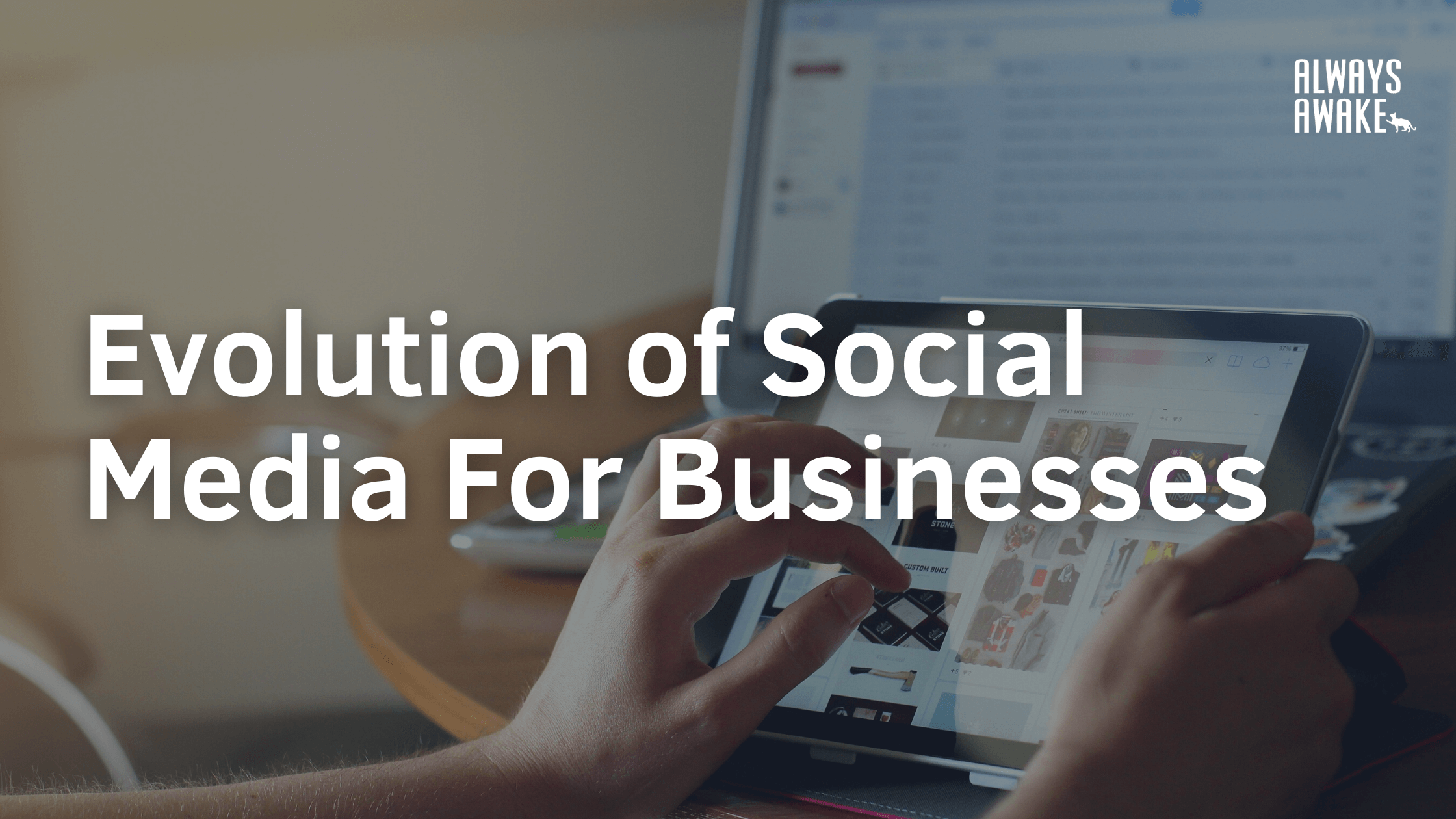
Evolution of Social media for businesses
Without social media over the past 20 years, it’s difficult to think where brands would be today. Social media enables businesses to develop stronger relationships with their customers. Additionally, it enables targeted advertising in ways that were previously unimaginable to marketers. Social media has a significant positive and negative impact on businesses.
Customers who have used a brand’s social media services favorably, are inclined to suggest it to others. It demonstrates how crucial social media is to businesses. Businesses must make use of popular social media sites if they want to stay competitive.
Where It Began
Businesses were still spending a large portion of their marketing budgets on conventional advertising and public relations in the early 2000s, when social media was just starting to gain traction with the likes of Facebook and YouTube, and they relied on these tactics to increase brand recognition and sales revenue.
By 2010, marketing tactics had changed, and new media advertising looked very different. Many companies start increasing their spending on social media advertisements. One example of how social media spending increased starting around 2008 and swiftly surpassed traditional media like radio, newspapers, and magazines by the middle of the 2010s is provided by an infographic from Visual Capitalist.
The Contribution of Social Media to Business Goals
With the swift increase in social media ad spending arose the necessity to assess the platform’s influence on the company in addition to its popularity. Marketers needed to determine if social media advertising were generating a return on investment and how they were doing in comparison to other media investments and traditional media.
These types of inquiries led to the development and evolution of social media performance measures, timelined as:
(2000s) Early Stage
Key performance indicators (KPIs), commonly referred to as “vanity metrics,” were prevalent in the early stages of social media marketing and centered on the quantity of fans/followers, comments, and impressions that a post received. These measurements are known as “vanity metrics” because, despite the fact that they can enhance a brand’s reputation among followers, they do not reflect the influence on the company’s bottom line. It was impossible to link fan or follower counts to sales figures.
(2010s) Fast Growth
Up until this time, marketers primarily saw social media as a fun and different approach to generate brand exposure. Social media, however, took a dramatic turn for the better when Facebook started to provide a number of ad types based on audience analytics.
Businesses started to develop ROI frameworks for their social media investments as a result of the capacity to assign resources to various campaigns, access to more sophisticated analytics, and real-time campaign tracking. In actuality, marketers were still unable to precisely measure ROI.
(Late 2010s to the present) Developing metrics
Social media specialists may now link specific metrics to their work and demonstrate how it directly supports corporate goals as a result of improvements in social media analytics and the usability of social media platforms. Some KPIs that marketers currently employ to gauge the impact their campaigns have on business include Traffic, Brand Awareness, Sales, Customer Experience, Business Insights, and Loyalty.
Final Thoughts
Social media will never stop changing. In fact, evolution is necessary for it to maintain its relevance as technology progresses and evolves too. Social media will continue to evolve in order to stay relevant to users’ needs as technology advances.
Business effect measurement is essential to a company’s performance, and social media ROI evaluation, for both paid and organic advertising, has undergone significant modification in response to the expansion and complexity of social networks.
Marketers are becoming more adept at determining the financial impact of advertisements as Facebook advances ad forms, audience targeting, and ad objectives. Vanity metrics are no longer a priority for social media experts. Now, they are concentrating on producing actual business results. That is the secret to succeeding on social media nowadays.

